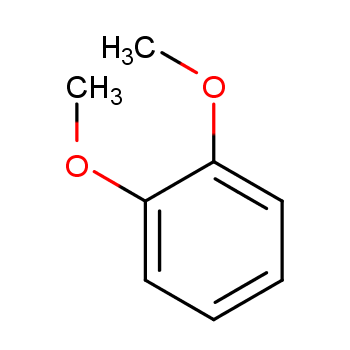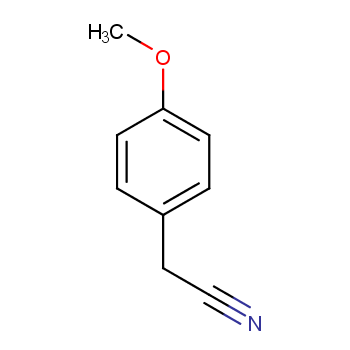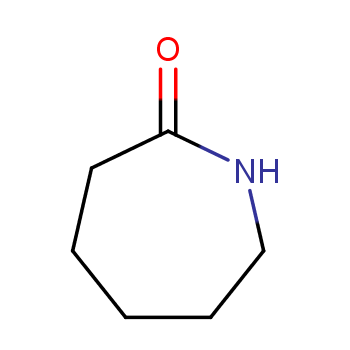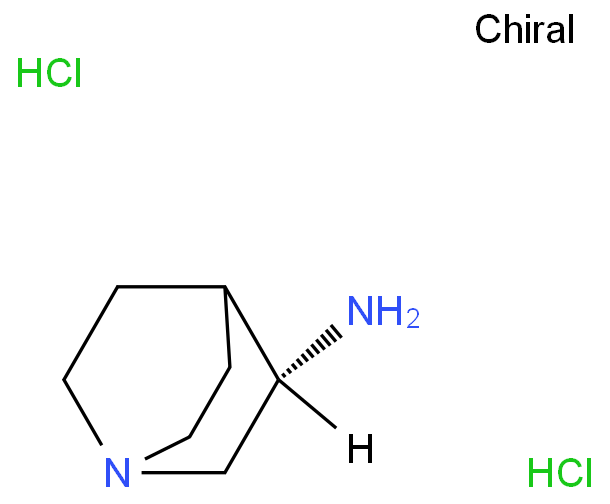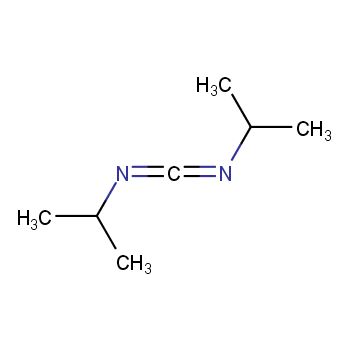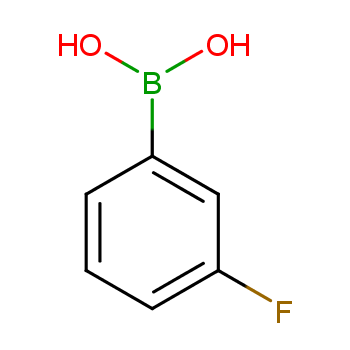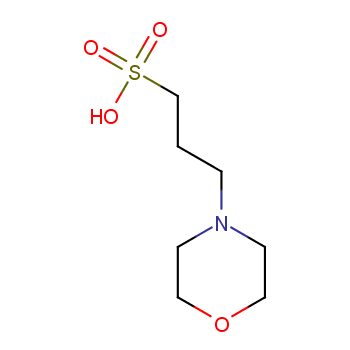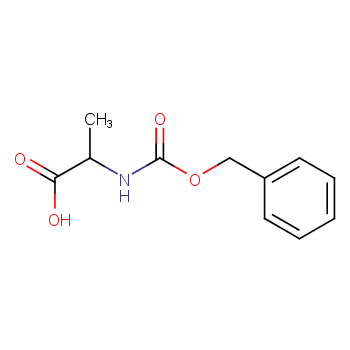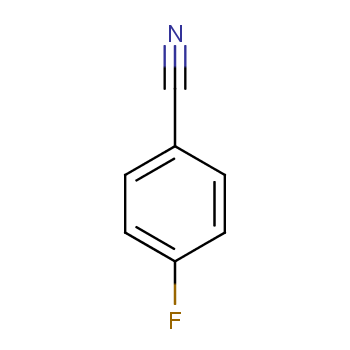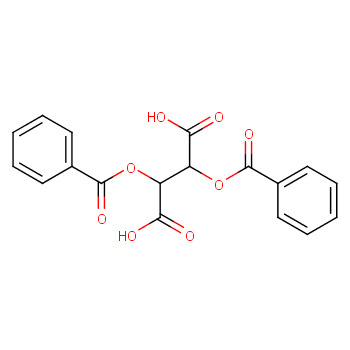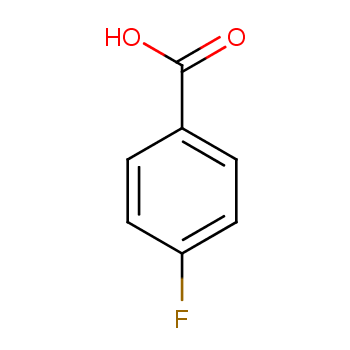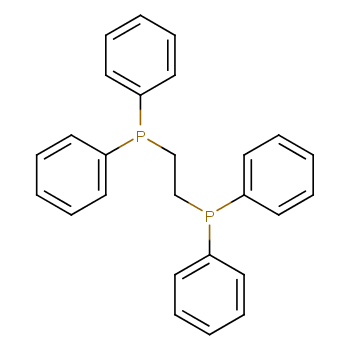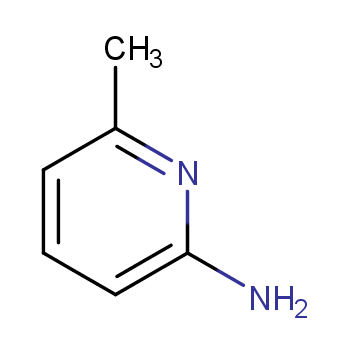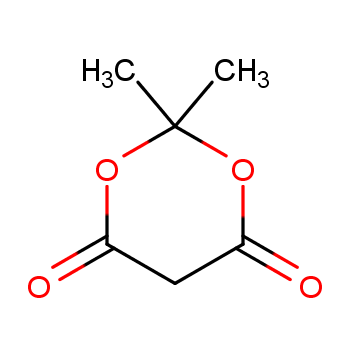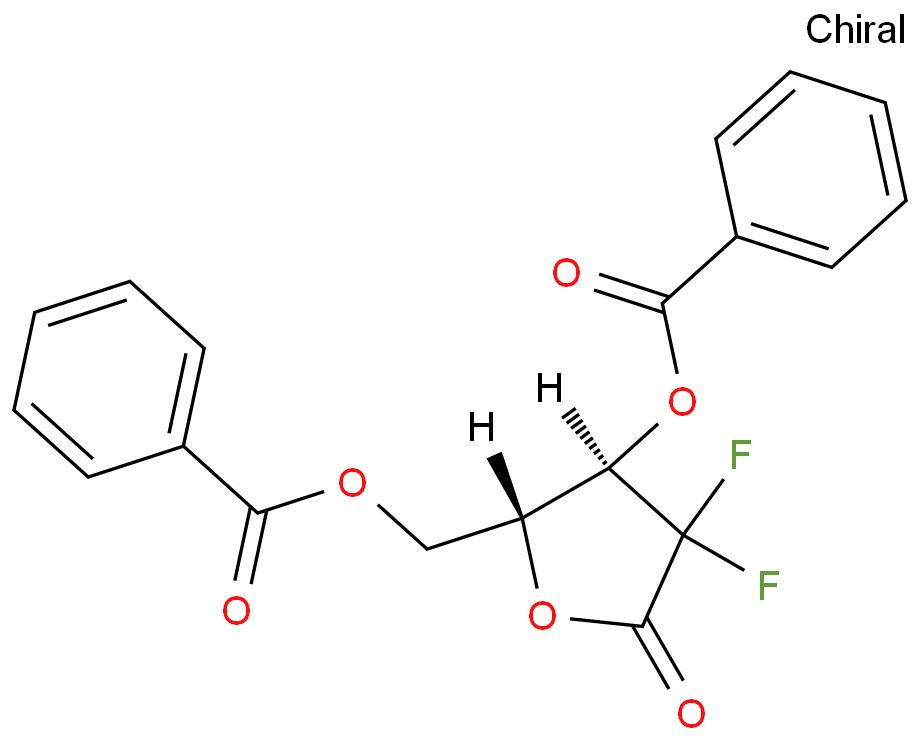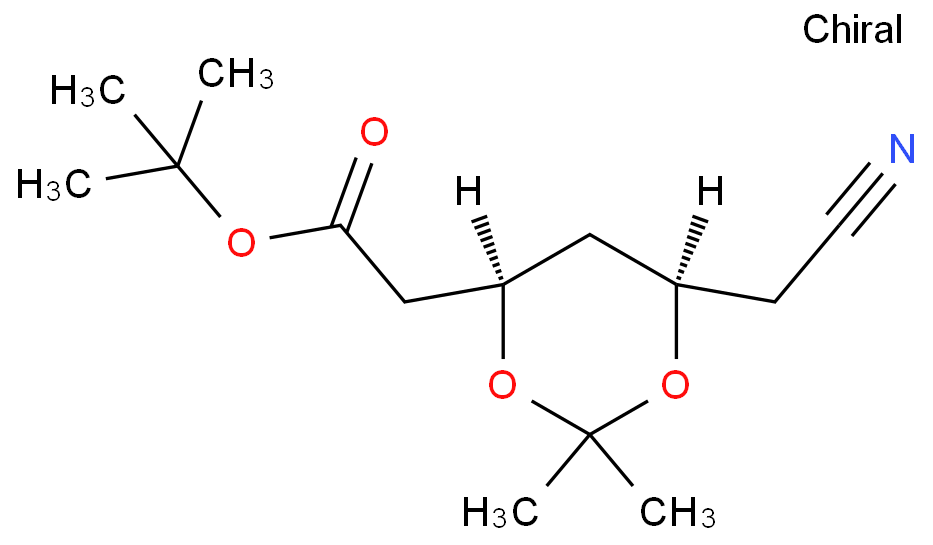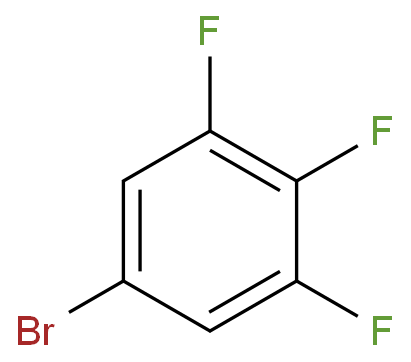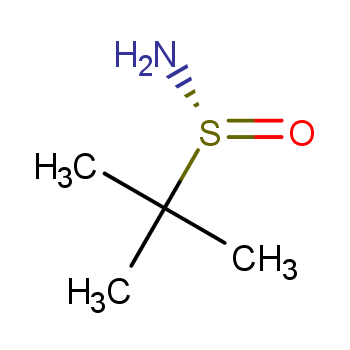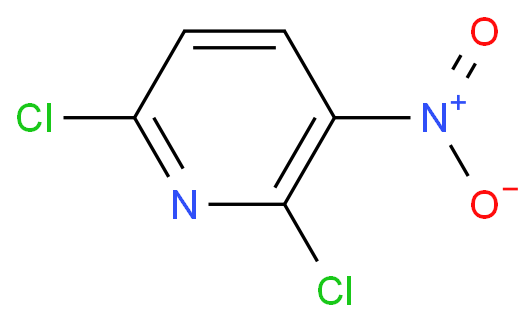Organic Intermediate is a product made during organic synthesis. It is used to make dyes, pesticides, medicine, etc. It is made from coal tar or petroleum products.
In the production of a product, it can be considered from the intermediate production, in order to save cost. Organic Intermediate is made from cyclic compounds like benzene, naphthalene, and anthracene through processes like sulfonation, alkali melting, nitration, and reduction. It is also made from acyclic compounds like methane, acetylene, propylene, butane, and butene through dehydrogenation, polymerization, halogenation, and hydrolysis.
Organic Intermediate categories
Aliphatic Compounds:
Alkanes: Saturated hydrocarbons with single bonds, used as starting materials for many reactions.
Alkenes: Unsaturated hydrocarbons with double bonds, valuable for their reactivity in addition and polymerization reactions.
Alkynes: Unsaturated hydrocarbons with triple bonds, used in synthesis and as building blocks for various compounds.
Aromatic Compounds:
Arenes: Aromatic hydrocarbons with one or more benzene rings, often used as starting materials in electrophilic aromatic substitution reactions.
Phenols: Aromatic compounds with hydroxyl groups, important for their reactivity and ability to form derivatives.
Halogenated Compounds:
Alkyl Halides: Organic compounds containing halogen atoms (F, Cl, Br, I) bonded to aliphatic carbon atoms. They are useful in nucleophilic substitution reactions.
Aryl Halides: Aromatic compounds with halogen atoms, utilized in cross-coupling reactions and other synthetic processes.
Alcohols and Ethers:
Alcohols: Organic compounds with hydroxyl (-OH) groups, valuable for their reactivity in various reactions.
Ethers: Compounds with an oxygen atom bonded to two carbon atoms, often used as solvents and intermediates in synthesis.
Carbonyl Compounds:
Aldehydes: Organic compounds with a formyl group (-CHO), important as reactive intermediates and in oxidation-reduction reactions.
Ketones: Compounds with a carbonyl group (C=O) bonded to two carbon atoms, widely used in synthesis and as solvents.
Carboxylic Acids and Derivatives:
Carboxylic Acids: Organic compounds with a carboxyl group (-COOH), utilized as intermediates and in esterification reactions.
Esters: Derivatives of carboxylic acids, important in fragrance and flavor industries.
Amides: Compounds derived from carboxylic acids and amines, used in peptide synthesis and as intermediates in various reactions.
Nitrogen-Containing Compounds:
Amines: Organic compounds with amino groups (-NH2), involved in reactions like nucleophilic substitution and synthesis of pharmaceuticals.
Nitriles: Compounds with a cyano group (-CN), used as intermediates and in the production of polymers.
Heterocycles:
Fused Rings: Compounds with rings containing different elements (e.g., pyridines, pyrimidines), found in pharmaceuticals and agrochemicals.
Aromatic Heterocycles: Rings with both carbon and heteroatoms (e.g., furans, thiophenes), important in drug synthesis.
.more+


